Related Research Articles
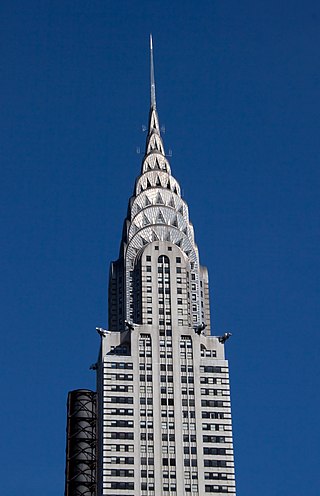
Art Deco, short for the French Arts décoratifs, is a style of visual arts, architecture, and product design, that first appeared in Paris in the 1910s, and flourished in the United States and Europe during the 1920s to early 1930s. Through styling and design of the exterior and interior of anything from large structures to small objects, including how people look, Art Deco has influenced bridges, buildings, ships, ocean liners, trains, cars, trucks, buses, furniture, and everyday objects including radios and vacuum cleaners.

Robert Adam was a British neoclassical architect, interior designer and furniture designer. He was the son of William Adam (1689–1748), Scotland's foremost architect of the time, and trained under him. With his older brother John, Robert took on the family business, which included lucrative work for the Board of Ordnance, after William's death.

William Kent was an English architect, landscape architect, painter and furniture designer of the early 18th century. He began his career as a painter, and became Principal Painter in Ordinary or court painter, but his real talent was for design in various media.

Jean-Édouard Vuillard was a French painter, decorative artist, and printmaker. From 1891 through 1900, Vuillard was a prominent member of the avant garde artistic group Les Nabis, creating paintings that assembled areas of pure color. His interior scenes, influenced by Japanese prints, explored the spatial effects of flattened planes of color, pattern, and form. As a decorative artist, Vuillard painted theater sets, panels for interior decoration, and designed plates and stained glass. After 1900, when the Nabis broke up, Vuillard adopted a more realistic style, approaching landscapes and interiors with greater detail and vivid colors. In the 1920s and 1930s, he painted portraits of prominent figures in French industry and the arts in their familiar settings.

John Egerton Christmas Piper CH was an English painter, printmaker and designer of stained-glass windows and both opera and theatre sets. His work often focused on the British landscape, especially churches and monuments, and included tapestry designs, book jackets, screen prints, photography, fabrics and ceramics. He was educated at Epsom College and trained at the Richmond School of Art followed by the Royal College of Art in London. He turned from abstraction early in his career, concentrating on a more naturalistic but distinctive approach, but often worked in several different styles throughout his career.
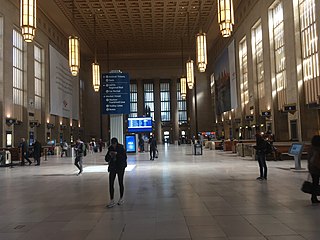
Interior design is the art and science of enhancing the interior of a building to achieve a healthier and more aesthetically pleasing environment for the people using the space. With a keen eye for detail and a creative flair, an interior designer is someone who plans, researches, coordinates, and manages such enhancement projects. Interior design is a multifaceted profession that includes conceptual development, space planning, site inspections, programming, research, communicating with the stakeholders of a project, construction management, and execution of the design.
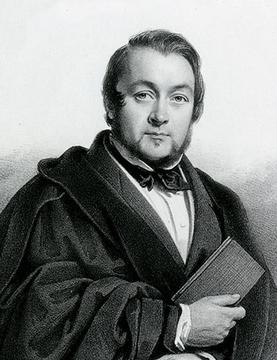
Owen Jones was a British architect. A versatile architect and designer, he was also one of the most influential design theorists of the nineteenth century. He helped pioneer modern colour theory, and his theories on flat patterning and ornament still resonate with contemporary designers today.

Morris, Marshall, Faulkner & Co. (1861–1875) was a furnishings and decorative arts manufacturer and retailer founded by the artist and designer William Morris with friends from the Pre-Raphaelites. With its successor Morris & Co. (1875–1940) the firm's medieval-inspired aesthetic and respect for hand-craftsmanship and traditional textile arts had a profound influence on the decoration of churches and houses into the early 20th century.
Roy De Maistre CBE was an Australian artist of international fame. He is renowned in Australian art for his early experimentation with "colour-music", and is recognised as the first Australian artist to use pure abstraction. His later works were painted in a figurative style generally influenced by Cubism. His Stations of the Cross series hangs in Westminster Cathedral and works of his are hung in the Tate Gallery, London and in the Art Gallery of New South Wales, Sydney.

The Tower House, 29 Melbury Road, is a late-Victorian townhouse in the Holland Park district of Kensington and Chelsea, London, built by the architect and designer William Burges as his home. Designed between 1875 and 1881, in the French Gothic Revival style, it was described by the architectural historian J. Mordaunt Crook as "the most complete example of a medieval secular interior produced by the Gothic Revival, and the last". The house is built of red brick, with Bath stone dressings and green roof slates from Cumbria, and has a distinctive cylindrical tower and conical roof. The ground floor contains a drawing room, a dining room and a library, while the first floor has two bedrooms and an armoury. Its exterior and the interior echo elements of Burges's earlier work, particularly Park House in Cardiff and Castell Coch. It was designated a Grade I listed building in 1949.
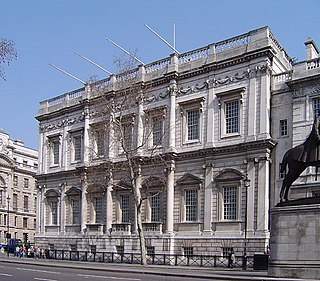
The Banqueting House, on Whitehall in the City of Westminster, central London, is the grandest and best-known survivor of the architectural genre of banqueting houses, constructed for elaborate entertaining. It is the only large surviving component of the Palace of Whitehall, the residence of English monarchs from 1530 to 1698. The building is important in the history of English architecture as the first structure to be completed in the classical style of Palladian architecture which was to transform English architecture.
Olga Lehmann was a British visual artist.

Sibyl Sophie Julia, Lady Colefax was an English interior decorator and socialite in the first half of the twentieth century.

Mervyn Napier Waller CMG OBE was an Australian muralist, mosaicist and painter in stained glass and other media. He is perhaps best known for the mosaics and stained glass for the Hall of Memory at the Australian War Memorial, Canberra, completed in 1958. However, Melbourne has been described as "a gallery of Napier Waller’s work", as eleven monumental murals by Waller are on display in the central business district and at the University of Melbourne’s main campus.
John Beresford Fowler was an English interior designer.

Jeremiah Goodman was an illustrator who signed his work with his first name only. Goodman used his unique painting style to create the essence of a building's interior. His painting interprets the plans of both architects and interior designers. He painted original portraits of spaces for both commercial and private clients. For almost twenty years he created the covers for Interior Design magazine, and also books on interiors and for murals.
Frederick Richard Leach (1837–1904) was an English master decorator, mural and stained glass painter based in Cambridge. He worked with the architects George Frederick Bodley and George Gilbert Scott Junior, the designer William Morris and the church craftsman Charles Eamer Kempe on many Victorian Gothic revival churches, Cambridge college interiors and church restorations.

Mark Hampton was an American interior designer, writer, and illustrator, known primarily for his residential interior design work for clients such as Brooke Astor, Estee Lauder, Mike Wallace, Saul Steinberg, H. John Heinz III, and Lincoln Kirstein, as well as for three U.S. presidents. In 1986, he was inducted into the Interior Design Hall of Fame, and in 2010, Architectural Digest named him one of the world's top 20 designers of all time.
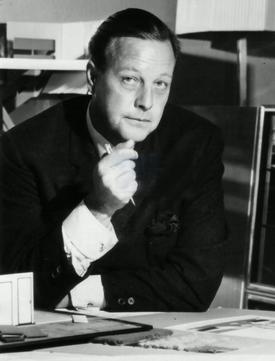
John Dennis Lennon was a British architect, interior designer, and furniture designer. He was responsible for the interior design of the Queen Elizabeth 2 and of 190-192 Sloane Street, London.

Curzon Street Baroque is a 20th-century inter-war Baroque revival style. It manifested itself principally as a form of interior design popular in the homes of Britain's wealthy and well-born intellectual elite. Its name was coined by the English cartoonist and author Osbert Lancaster, as Curzon Street in Mayfair was an address popular with London high society. While previous forms of Baroque interior design had relied on French 18th-century furnishings, in this form it was more often than not the heavier and more solid furniture of Italy, Spain, and southern Germany that came to symbolise the furnishings of new fashion.
References
- 1 2 3 4 Lomas, Elizabeth (2001). Guide to the Archive of Art and Design, Victoria & Albert Museum. Taylor & Francis. p. 93. ISBN 9781579583156 . Retrieved 10 January 2018.
- 1 2 3 4 Cook, M. (2014). Queer Domesticities: Homosexuality and Home Life in Twentieth-Century London. Springer. p. 46. ISBN 9781137316073 . Retrieved 10 January 2018.
- ↑ "Carlisle House, Carlisle Street, Soho, London / by Keeble Limited". State Library of Victoria. Retrieved 10 January 2018.
- ↑ Compton, Ann (1997). Edward Halliday: Art for Life, 1925-1939. Liverpool University Press. p. 34. ISBN 9780853239727 . Retrieved 10 January 2018.
- ↑ Johnson, Heather (1995). Roy De Maistre: The English Years 1930-1968. Craftsman House, B V I. p. 52. ISBN 9789768097514 . Retrieved 10 January 2018.
- ↑ Lees-Milne, James; Bloch, Michael (2011). Diaries, 1984-1997. Hachette UK. p. 195. ISBN 9781848547117 . Retrieved 10 January 2018.
- ↑ "Archives held by the Archive of Art & Design". vam. Retrieved 10 January 2018.